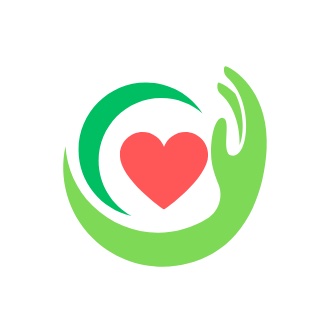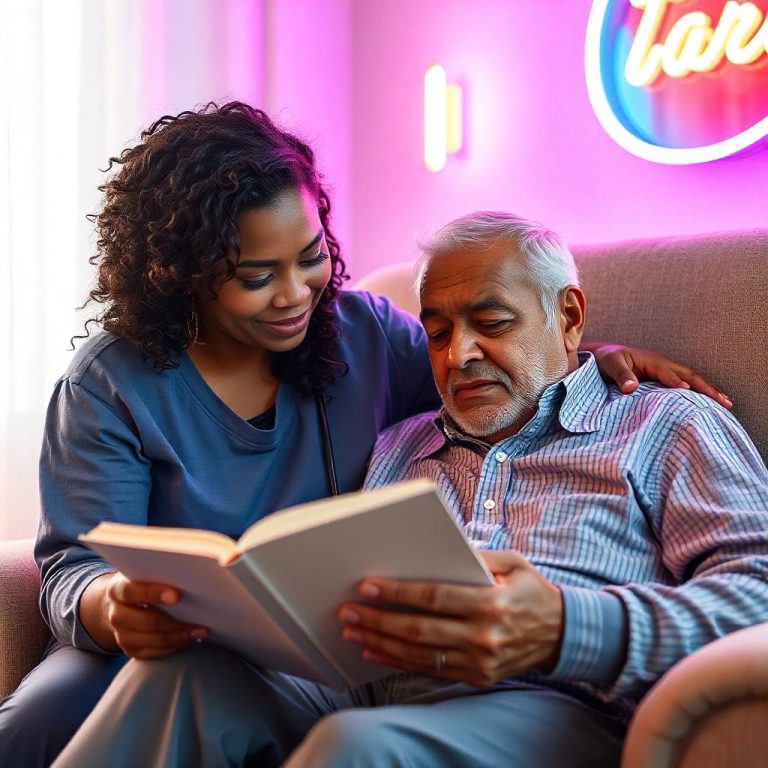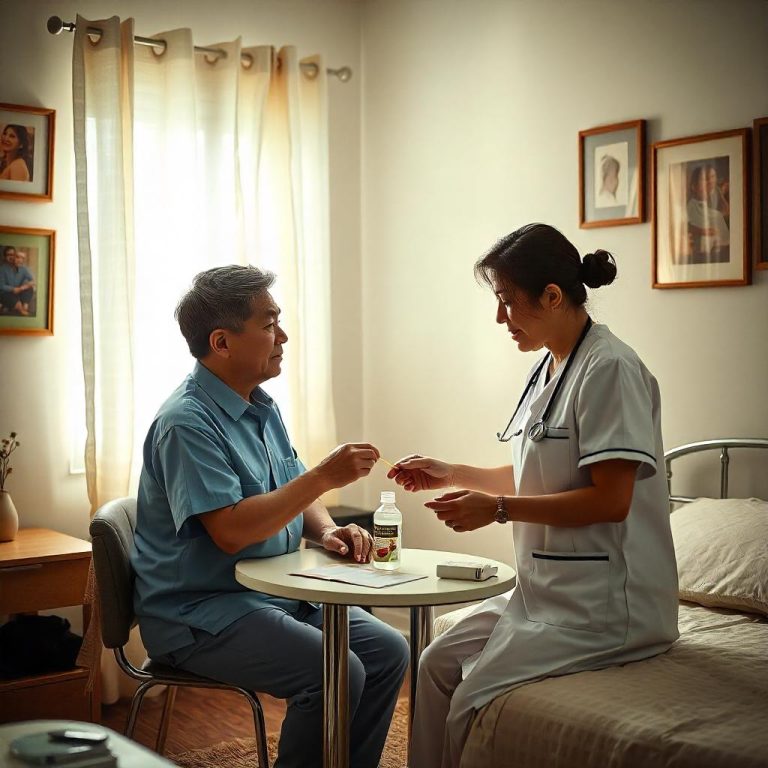Monkeypox is a rare viral disease that has recently gained global attention due to outbreaks outside of its usual endemic regions. Here’s a comprehensive look at what monkeypox is, its symptoms, how it spreads, and whether we should be worried about it:
1. What Is Monkeypox?
Monkeypox is a viral zoonotic disease, meaning it is primarily transmitted from animals to humans. It was first identified in 1958 in monkeys used for research, which is how it got its name. The first human case of monkeypox was recorded in 1970 in the Democratic Republic of Congo. Historically, it has been found in Central and West Africa, particularly in areas near tropical rainforests.
The disease is caused by the monkeypox virus, which belongs to the orthopoxvirus family—this is the same family that includes smallpox, but monkeypox tends to be less severe than smallpox.
2. Symptoms of Monkeypox
The symptoms of monkeypox are similar to those of smallpox, but typically milder. The disease usually has two stages:
- Initial Symptoms (usually appear 5-21 days after exposure):
- Fever
- Headache
- Muscle aches
- Swollen lymph nodes
- Chills
- Exhaustion
- Back pain
- Rash: A characteristic feature of monkeypox is a rash, which typically appears 1-3 days after the fever starts. The rash begins as flat, red spots that develop into bumps and then progress to blisters filled with fluid. Eventually, the blisters scab over before falling off.
The rash often starts on the face and spreads to other parts of the body, including the palms, soles, and genital area. In severe cases, the infection can cause complications like pneumonia, vision loss, or secondary bacterial infections.
3. How Is Monkeypox Spread?
Monkeypox can spread in several ways:
- Animal to Human: The virus can be transmitted from animals to humans through direct contact with the bodily fluids or skin lesions of infected animals (such as rodents, primates, or squirrels). It is also possible to contract the virus by consuming undercooked animal meat from an infected animal.
- Human to Human: Human-to-human transmission primarily occurs through contact with respiratory droplets from an infected person or contact with their bodily fluids, including the fluid from the rash or scabs. This can happen through close personal contact, such as hugging, kissing, or sharing contaminated objects like bedding, clothing, or utensils.
- Environmental Exposure: The virus can also survive on surfaces and in environments, which means people who come into contact with contaminated objects (such as towels or bed linens) might contract the virus.
Note: While monkeypox can spread from person to person, it does not spread as easily as viruses like the flu or COVID-19. It requires more prolonged and direct contact with infected materials.
4. Should We Be Worried?
Whether or not you should be worried about monkeypox depends on several factors. Here are a few considerations:
- Global Spread: While monkeypox has historically been limited to Central and West Africa, the 2022 and 2023 outbreaks in other countries, including the U.S., Europe, and parts of Asia, have raised awareness. The virus spread to countries outside of its typical regions, but it’s important to note that it remains relatively rare globally.
- Severity: Most cases of monkeypox are mild, and people recover within a few weeks without requiring specific treatment. However, complications can arise, particularly in individuals with weakened immune systems or those who are young, pregnant, or have preexisting health conditions. In some cases, the disease can be fatal, but this is uncommon.
- Vaccine Availability: The smallpox vaccine has been found to provide some level of protection against monkeypox due to the similarity between the two viruses. For those at high risk, there are also vaccines specifically designed for monkeypox. Vaccination and antiviral treatments are being used to control the outbreak, though they are not universally accessible in every country.
- Control Measures: Public health organizations are closely monitoring the situation. In the recent outbreaks, health authorities have implemented measures such as contact tracing, isolation of infected individuals, and vaccination campaigns to help control the spread. Most people in affected countries are at low risk due to preventive measures, particularly if they are not in close contact with an infected person.
- Risk Factors: The risk of getting monkeypox is higher for individuals who have close contact with someone who has the virus, particularly during the active rash phase. Some populations, such as people who have multiple sexual partners, may also be more likely to be exposed during an outbreak.
5. What Can You Do to Protect Yourself?
- Avoid Close Contact with Infected Individuals: The primary way to prevent monkeypox is to avoid direct contact with people who have the virus, especially when they have visible symptoms, such as a rash or fever.
- Practice Good Hygiene: Wash hands frequently with soap and water or use hand sanitizer. Avoid touching your face, and disinfect commonly touched surfaces regularly.
- Monitor for Symptoms: If you experience symptoms such as fever, rash, or swollen lymph nodes, especially if you’ve been in close contact with someone diagnosed with monkeypox, seek medical attention immediately.
- Vaccination: If you’re at higher risk, discuss the option of getting vaccinated with your healthcare provider. The smallpox vaccine, while not universally available, can provide protection against monkeypox.






